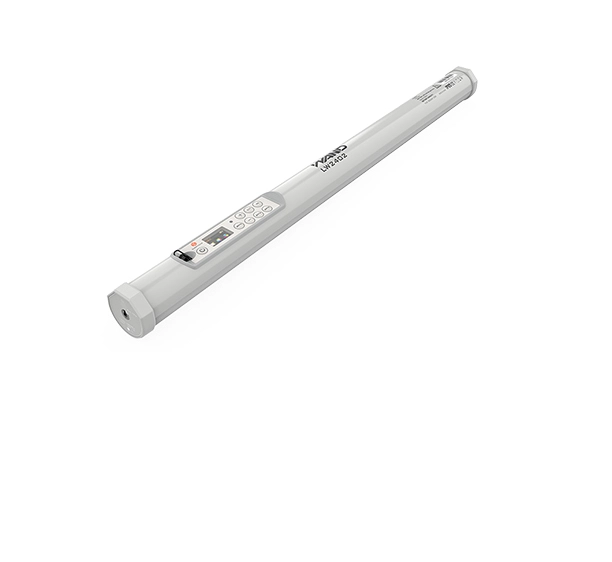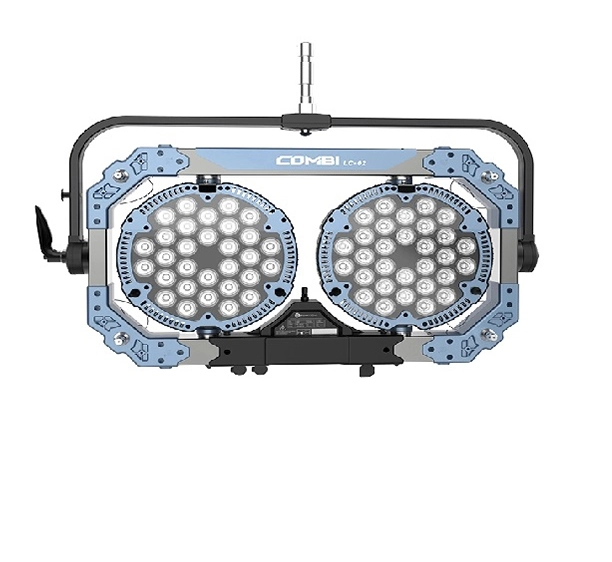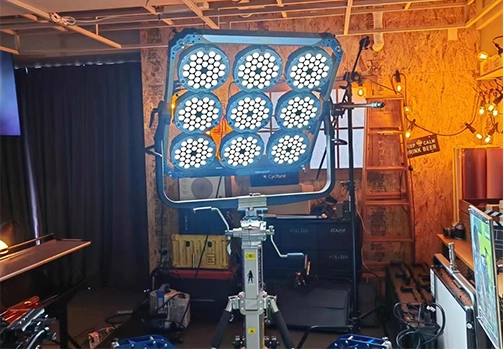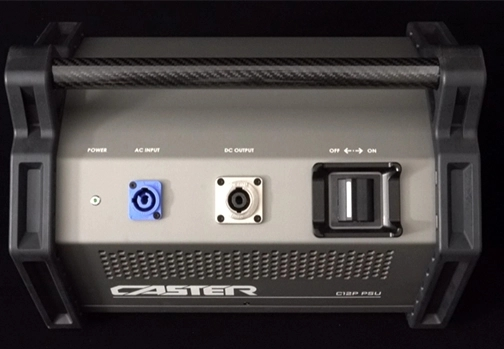Lights, camera, action! In the realm of film studio lighting, an often-underappreciated aspect of filmmaking, a pivotal role is played in shaping the cinematic narratives that captivate audiences worldwide. This blog explores the significance of film studio lighting and its influence on the overall storytelling process.
The Influence of Light: Setting the Mood, Atmosphere, and Emotion
Film studio lighting possesses the remarkable ability to establish the mood, atmosphere, and emotion within a scene. By meticulously manipulating the intensity, angle, and color of light, filmmakers transport viewers to different times, places, or emotional states. Whether it's the warm, golden hue of a sunset creating a romantic atmosphere or stark, harsh lighting evoking suspense and fear, lighting choices engage the audience's emotions and enhance the narrative.
Manipulating Shadows: Depth and Visual Storytelling
A striking aspect of film studio lighting lies in its capability to manipulate shadows, adding depth and dimension to a scene. Shadows, strategically placed using techniques like chiaroscuro, create visually striking compositions that enhance storytelling. The interplay between light and shadow not only adds aesthetic value but also contributes to the narrative by directing attention and symbolizing conflicts and hidden depths.
Lighting as a Character: Enhancing Characterizations and Symbolism
In certain films, lighting takes on a character of its own, contributing to characterizations and symbolizing themes. The contrast between light and darkness may represent a character's internal struggle or the battle between good and evil. Soft, warm lighting can signify comfort and safety, while harsh lighting may portray danger or vulnerability. Film studio lighting becomes a tool for expressing personalities, motivations, and conflicts, enriching the narrative experience.
Transforming Spaces: Creating Cinematic Worlds
Film studio lighting possesses the remarkable ability to transform ordinary spaces into extraordinary cinematic worlds. Through techniques such as gels, filters, and diffusers, filmmakers create fantastical environments that transport viewers into different realms. The creative use of color and intensity turns a plain room into a mysterious cave or transforms a nondescript street into a vibrant, bustling city. The impact of film studio lighting on narrative storytelling is profound, immersing audiences in captivating cinematic experiences.
In conclusion, film studio lighting emerges as a critical element in shaping beloved cinematic narratives. Its unparalleled ability to set the mood, create atmosphere, and convey emotions, combined with the manipulation of light, shadows, and symbolism, enhances visual storytelling and engages audiences on a deeper level. From transforming spaces into cinematic worlds to adding depth to characters, film studio lighting stands as an art form in itself. The next time you watch a movie, pay attention to how lighting influences the narrative and immerse yourself in the enchanting world it creates.
 English
English 日本語
日本語 한국어
한국어 Español
Español italiano
italiano العربية
العربية






